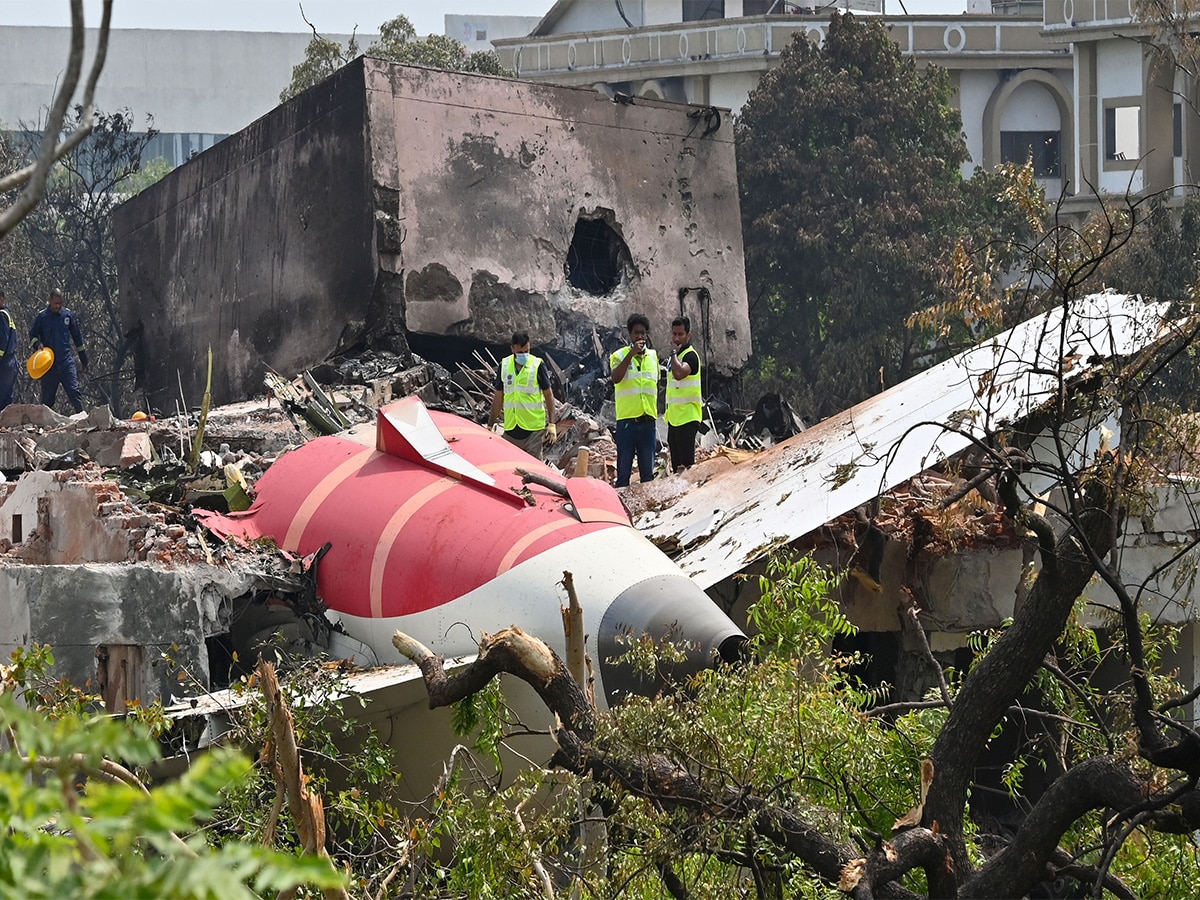 The Aircraft Accident Investigation Bureau (AAIB) last night released its 15-page preliminary report of the investigation into the fatal Air India plane crash that claimed 260 lives in Ahmedabad on June 12, 2025. Photo: BASIT ZARGAR/Middle east images/AFP via Getty Images
The Aircraft Accident Investigation Bureau (AAIB) last night released its 15-page preliminary report of the investigation into the fatal Air India plane crash that claimed 260 lives in Ahmedabad on June 12, 2025. Photo: BASIT ZARGAR/Middle east images/AFP via Getty Images
A month after the horrific crash of Air India’s flight AI 171 from Ahmedabad to London, India’s Aircraft Accident Investigation Bureau (AAIB) has released a 15-page preliminary report that seems to point the cause towards the position of the aircraft’s fuel cutoff switches, which control the flow of fuel to the engines.
The aircraft had reached a maximum speed of 180 knots indicated airspeed (IAS) at 08:08:42 UTC, just before both Engine 1 and Engine 2 fuel cutoff switches transitioned from “run” to “cutoff”.
The report suggests that the switches transitioned from ‘run’ to ‘cutoff’ position one after another, within a second of each other. Cockpit voices also confirmed the situation with one pilot asking the other, “Why did you cut off?” The other responded, “I did not do so.” At the time the aircraft took off, the co-pilot was flying the plane, while the captain was monitoring.
While the switches were moved back into their normal in-flight position, it may not have been enough to arrest the crash. The report said that engine 1’s core deceleration initially halted, then reversed, and began progressing toward recovery. Engine 2, meanwhile, managed to relight but failed to arrest the core speed deceleration and continued to reintroduce fuel in repeated attempts to stabilise.
“When fuel control switches are moved from CUTOFF to RUN while the aircraft is in flight, each engine’s full authority dual engine control (FADEC) automatically manages a relight and thrust recovery sequence of ignition and fuel introduction,” the report said.













Leave a Reply